World
Energy Performance Certificates And How They Work
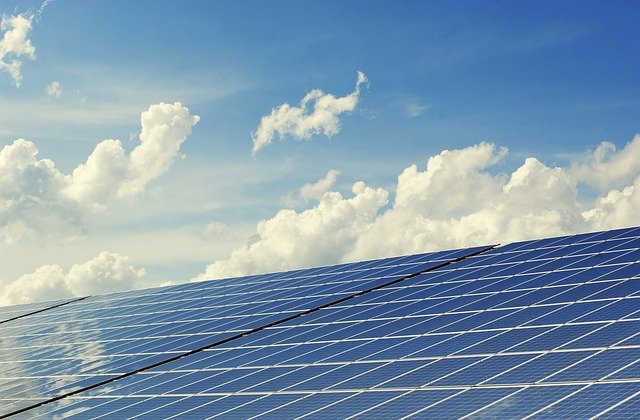
Energy performance certificates (EPCs), same as solar thermal energy were introduced along with the Home Information Packs (HIPs) in 2020 as a way to provide a rating determining how energy-efficient a particular property is. HIPs proved controversial, and they were scrapped in 2010. However, EPCs remain a legal requirement in most cases of selling or renting out a property. You will need to have the certificate at hand before you start advertising your home for rent or sale, and potential tenants or buyers will also want to be able to see this. People can use this information to get a better idea of the running costs of the property in question. Data Provided by EPCs EPCs are designed to provide an overall assessment and rating of how energy-efficient a property is. A rating out of one-hundred is provided, and this number will fall into one of seven bands labeled A to G. A-rated properties are the most energy-efficient, while G-rated ones are the worst. Most new builds and recently renovated buildings have higher ratings than older properties. Listed buildings tend to be the least energy-efficient. A potential rating is also provided. This rating takes into account any possible improvements which may be made to the property. This is the property’s maximum potential energy efficiency rating.
How Much Does It Cost to Get an EPC?
One of the things which made HIPs controversial was that homeowners had to pay out a considerable amount of money for all of the necessary documents and certificates. However, since this has been scrapped, it is now only needed to pay for the EPC assessment and certification itself. You can either get the EPC organized through an estate agent or approach an accredited EPC provider directly. The latter is usually the cheaper option. In England, Wales, and Northern Ireland, EPC costs typically range from £60 to £100. Prices in Scotland are still much higher due to additional requirements, sometimes reaching £600. EPCs and the Feed-in Tariff The feed-in tariff is the main government-backed incentive to encourage homeowners to invest in clean and renewable energy systems, thus reducing their impacts on the environment and their reliance on the energy companies. All of the Big Six energy companies and most of the smaller independent energy providers are members of this scheme. To receive the greatest benefits from the scheme, your property will need to have an energy efficiency rating in band D, C, B or A. If it is lower than this, you will not receive the full amount, and you may want to consider making some modifications to your home to improve its rating.
EPCs and the Green Deal
The Green Deal is a new scheme introduced by the British government in February, 2013. It has also had a considerable impact on EPCs. The Green Deal is the government’s flagship policy regarding energy efficiency in the home, and it exists to provide loans to those planning to make changes to their homes to improve the scores on their EPCs. The most attractive feature of the Green Deal is that its prime directive ensures you that the loan repayments will always be lower than the savings you make by upgrading your home to make it more economical. To take advantage, you will need to have the work done by a Green Deal-accredited company.
More on the Green Deal here
Who Needs an EPC? Not everyone needs an EPC, although most homeowners do if they are selling or renting out their properties. Exceptions to the rule include any places of worship, temporary housing, residences which are used for less than four months of the year, outbuildings and workshops, and in some cases, listed buildings. If you are not sure whether or not you need one, you should contact your local council. If you legally require an EPC, but you do not have one, you may be fined up to £200. To get an EPC, you will need to approach an accredited assessor in your area of the country before you put your home on the market. The assessor will pay a visit to your property to complete a survey. They will then formulate an energy efficiency rating and provide your EPC.
World
Turkish Textile Giant Sun Textile Solution Proposal for Drought
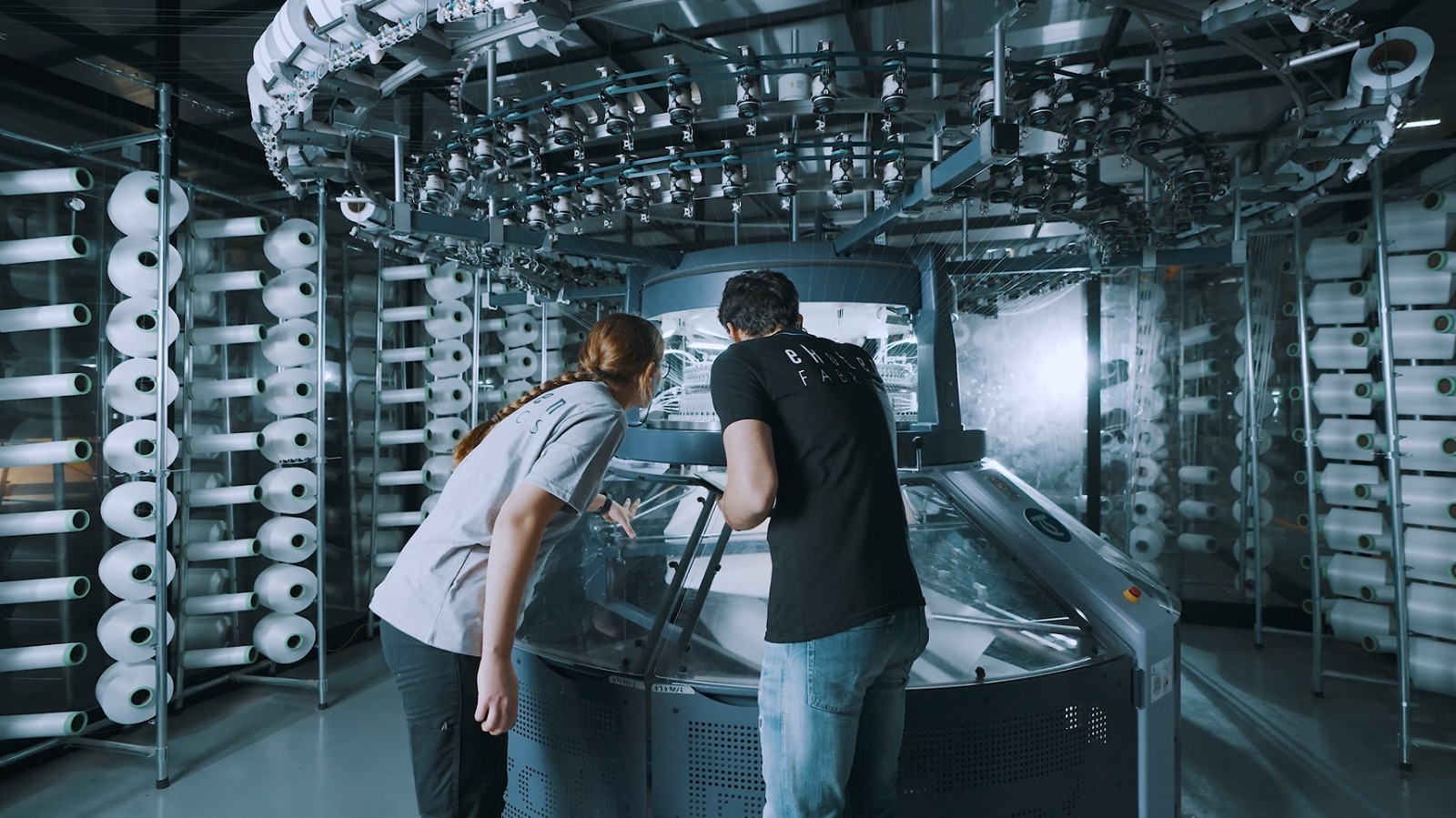
While the World Health Organization (WHO) and the United Nations (UN) are seeking solutions to combat drought through various projects, Ekoten Textile, a subsidiary of Turkey’s textile giant Sun Textile, has developed a groundbreaking project in collaboration with a technology startup to minimize the intensive water consumption in the textile industry. This pioneering project, the first of its kind globally, will enable the recycling and reuse of up to 90% of the water used in textile production.
Drought is one of the most pressing issues facing the world today. According to WHO data, 40% of the global population is struggling with water scarcity. By 2030, up to 700 million people could be forced to migrate due to drought. The unconscious use of water in global production processes plays a significant role in the rapid depletion of clean water resources.
The textile industry is one of the sectors with the highest water consumption. In Turkey, while the food industry consumes 22% of the water used for industrial purposes, the textile sector follows closely with 18%. For instance, producing an average of 40 tons of products daily requires 2,500 tons of water, equivalent to the daily water consumption of approximately 10,000 people.
CLEAN WATER RESOURCES FOR HUNDREDS OF THOUSANDS OF PEOPLE EVERY DAY!
In textile production, where clean water resources are heavily consumed, the innovative success of the Turkish company stands out as a global best practice. This initiative will shape the future of the industry. The wastewater recycling project, developed through intensive R&D efforts, will ensure that over 90% of the required water is sourced from recycled supplies.
The reuse of wastewater in production will transform the fate of countries operating in the textile sector. By preventing the use of clean water resources for textile production, this project will free up clean water sources that can meet the daily needs of hundreds of thousands of people.
R&D ACTIVITIES IN 38 COUNTRIES WITH 380 PARTNERS!
Sun Textile places great emphasis on R&D activities, conducting research and development efforts with 380 partners across 38 countries. Sun Textile and its subsidiary Ekoten Textile export nearly 90% of their production, solidifying their identity as a leading exporter. The company ships products to numerous destinations worldwide, including European countries, the UK, and the US. Sun Textile, the leading ready-to-wear exporter in the Aegean Region, achieved a consolidated turnover of 250 million euros in the third quarter of 2024, continuing its active growth trajectory.
OFFERING CUSTOM DESIGNS TO CUSTOMERS
Sun Textile provides its own designed collections to leading brands in Europe and the UK. Ekoten Textile, its subsidiary, is among the most respected knitted fabric manufacturers in Turkey and Europe.
With a dedicated sales team for each major customer group and five design offices in three different countries, Sun Textile creates designs tailored to its customers’ needs. Its largest clients include the Inditex Group, H&M, Jimmy Key, Tesco, Kiabi, Marks & Spencer, and Next.
Sun Textile also extends its sustainability approach to social responsibility, notably for its high ratio of female employees. The company, which went public in 2022, is also listed in dividend indexes.
-
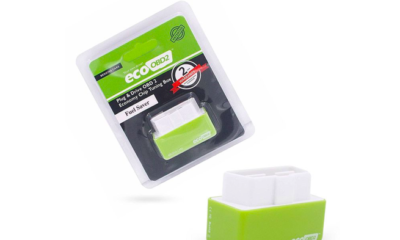
 Tech4 years ago
Tech4 years agoEffuel Reviews (2021) – Effuel ECO OBD2 Saves Fuel, and Reduce Gas Cost? Effuel Customer Reviews
-
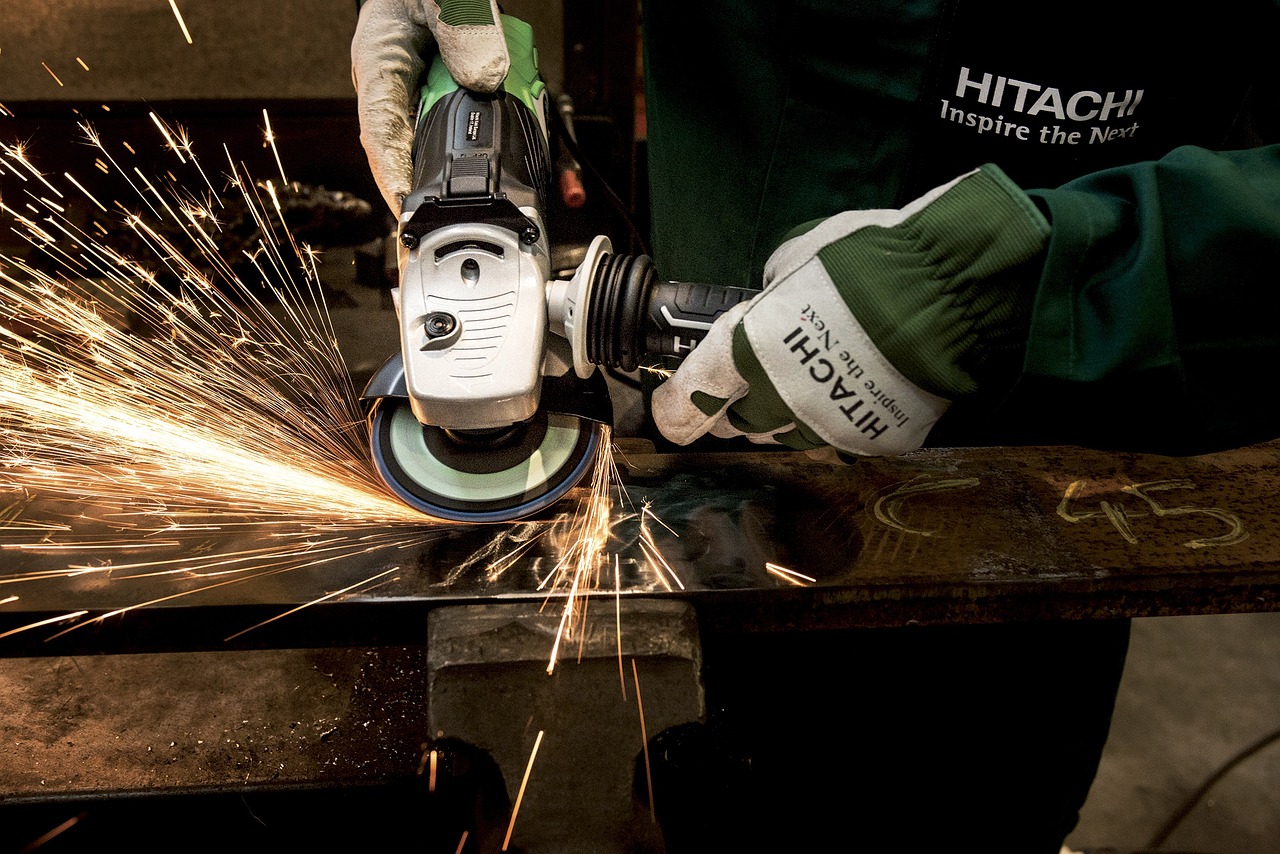
 Tech6 years ago
Tech6 years agoBosch Power Tools India Launches ‘Cordless Matlab Bosch’ Campaign to Demonstrate the Power of Cordless
-
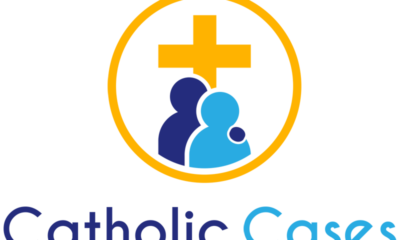
 Lifestyle6 years ago
Lifestyle6 years agoCatholic Cases App brings Church’s Moral Teachings to Androids and iPhones
-

 Lifestyle4 years ago
Lifestyle4 years agoEast Side Hype x Billionaire Boys Club. Hottest New Streetwear Releases in Utah.
-

 Tech6 years ago
Tech6 years agoCloud Buyers & Investors to Profit in the Future
-

 Lifestyle5 years ago
Lifestyle5 years agoThe Midas of Cosmetic Dermatology: Dr. Simon Ourian
-
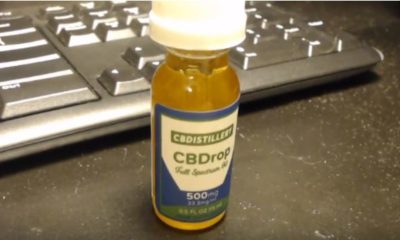
 Health6 years ago
Health6 years agoCBDistillery Review: Is it a scam?
-

 Entertainment6 years ago
Entertainment6 years agoAvengers Endgame now Available on 123Movies for Download & Streaming for Free
